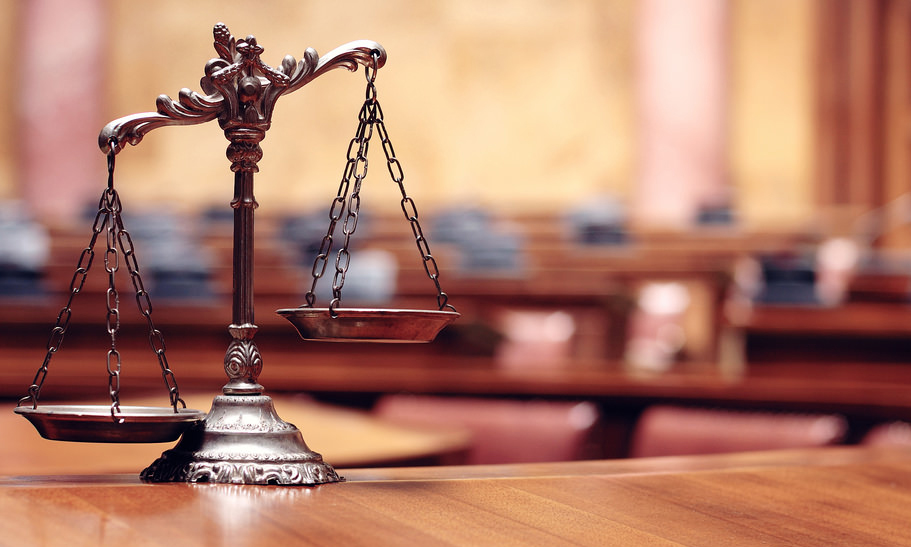Understanding Class Action Lawsuits
Class action lawsuits are a unique form of legal proceeding that allows a group of individuals to collectively bring a claim to court. This type of lawsuit is particularly useful when numerous people have suffered similar harm or injury due to the actions of a single entity, such as a corporation or government agency. The primary aim of a class action is to streamline the judicial process, making it more efficient for both the court and the plaintiffs.
In essence, a class action lawsuit consolidates many individual claims into one larger case. This not only reduces the burden on the legal system but also ensures that individuals with smaller claims, who might not pursue litigation on their own due to high costs, can still seek justice. Class action suits can cover a wide range of issues, from consumer fraud to environmental disasters.
The Legal Framework
Class action lawsuits are governed by specific legal rules that vary by jurisdiction. In the UK, for example, the Civil Procedure Rules provide the framework for these types of cases. A class action typically requires the plaintiffs to demonstrate that they share common legal or factual issues, which makes it appropriate for their claims to be heard together.
Moreover, the court must certify the class, meaning it must approve the group of individuals who will be represented in the lawsuit. This certification process is crucial, as it ensures that the case is manageable and that the interests of all class members are adequately represented. The court will consider factors such as the number of individuals in the class, the commonality of their claims, and whether the representative plaintiffs can adequately protect the interests of the group. This careful scrutiny helps to prevent frivolous lawsuits and ensures that only legitimate claims proceed.
Types of Class Actions
There are generally two types of class action lawsuits: opt-in and opt-out. In an opt-out class action, all individuals who fit the criteria for the class are automatically included unless they choose to withdraw. Conversely, an opt-in class action requires individuals to actively join the lawsuit to be represented.
The choice between these two types can significantly affect the dynamics of the lawsuit. Opt-out actions tend to be more common in consumer protection cases, while opt-in actions are often used in employment disputes. The opt-out mechanism can lead to larger settlements since it includes a broader group of affected individuals, thereby increasing the potential damages. However, it can also lead to complications if individuals within the class have differing interests or claims, prompting the court to carefully manage the representation to ensure fairness. Furthermore, the implications of these actions extend beyond the courtroom, as they can influence corporate behaviour and regulatory practices, encouraging companies to adopt more ethical practices to avoid litigation.
How Class Action Lawsuits Work
The process of a class action lawsuit can be complex, involving several stages from initial filing to resolution. Understanding these stages can help clarify how these lawsuits function and what participants can expect.
Filing the Complaint
The process begins when a representative plaintiff, often referred to as a “class representative,” files a complaint in court. This complaint outlines the grievances of the class members and the legal basis for the claim. It is essential that the complaint clearly establishes commonality among the class members’ claims.

Once the complaint is filed, the court will review it to determine whether it meets the necessary legal standards for class certification. If the court finds that the case is appropriate for a class action, it will issue an order certifying the class.
Discovery Phase
After certification, the discovery phase begins. This is a critical period where both parties gather evidence to support their claims. The plaintiffs will request documents, conduct depositions, and gather testimonies from witnesses. Similarly, the defendant will also engage in discovery to build their defence.
Discovery can be a lengthy process, often taking months or even years, depending on the complexity of the case. It is during this phase that the strength of the case is tested, and both sides prepare for potential trial or settlement negotiations. Click here to get about: Understanding the benefits of class action lawsuits for large-scale claims.
Settlement or Trial
Most class action lawsuits are resolved through settlement rather than going to trial. This is often beneficial for both parties, as it allows for a quicker resolution and avoids the uncertainty of a trial. If a settlement is reached, the court must approve it to ensure it is fair and adequate for all class members.
In cases where a settlement cannot be reached, the lawsuit will proceed to trial. During the trial, both sides will present their evidence and arguments. The judge or jury will then make a decision, which may result in compensation for the plaintiffs or a dismissal of the case.
The Benefits of Class Action Lawsuits
Class action lawsuits offer several advantages for plaintiffs, particularly when facing large corporations or powerful entities. These benefits can make a significant difference in the pursuit of justice.
Cost-Effectiveness
One of the most significant benefits of class action lawsuits is their cost-effectiveness. Individual lawsuits can be prohibitively expensive, with legal fees and court costs quickly adding up. By consolidating claims, class actions allow plaintiffs to share these costs, making it feasible for individuals to seek justice without bearing the full financial burden.
Furthermore, class actions often attract experienced legal representation that may not be accessible to individuals pursuing claims on their own. Lawyers working on a class action typically operate on a contingency fee basis, meaning they only get paid if the case is successful.
Increased Leverage
Class actions provide increased leverage against powerful defendants. When numerous individuals band together, they can present a formidable challenge to corporations or government entities that might otherwise dismiss individual claims. This collective strength can lead to more favourable settlements or outcomes in court.
Additionally, the publicity surrounding class action lawsuits can pressure defendants to change their practices or policies, potentially benefiting not just the plaintiffs but also the wider community.
Challenges of Class Action Lawsuits
Despite their advantages, class action lawsuits are not without challenges. Understanding these potential pitfalls is essential for anyone considering participation in such a lawsuit.
Complexity and Duration
Class action lawsuits can be incredibly complex, involving intricate legal arguments and extensive evidence. The process can be lengthy, often taking years to reach a resolution. This duration can be frustrating for plaintiffs who may be eager for a swift resolution to their grievances.
Moreover, the complexity of these cases can lead to misunderstandings among class members regarding their rights and the status of the lawsuit. Clear communication from legal representatives is crucial to ensure all participants are informed and engaged throughout the process.
Potential for Low Payouts
Another challenge is the potential for low payouts. While class action lawsuits can lead to significant settlements, the compensation awarded to individual class members may be minimal, especially if the total settlement amount is divided among a large group. This can be disheartening for plaintiffs who may have expected more substantial compensation for their injuries or losses.

Furthermore, the distribution of settlement funds can sometimes be complicated, leading to delays in payments and confusion among class members about how much they will receive.
Conclusion
Class action lawsuits serve an essential role in the legal landscape, providing a means for individuals to collectively seek justice against powerful defendants. While they offer numerous benefits, such as cost-effectiveness and increased leverage, they also come with challenges that must be carefully considered.
Understanding the mechanics of class actions, from the initial filing to the potential outcomes, is crucial for anyone contemplating participation in such a lawsuit. With the right legal guidance and a clear understanding of the process, class actions can be a powerful tool for achieving justice and holding wrongdoers accountable.
